
Date: 2025-01-15 Page is: DBtxt003.php txt00021587
URBAN DESIGN
PEOPLE DRIVEN
How anarchist architecture could help us build back better after COVID
PEOPLE DRIVEN
How anarchist architecture could help us build back better after COVID
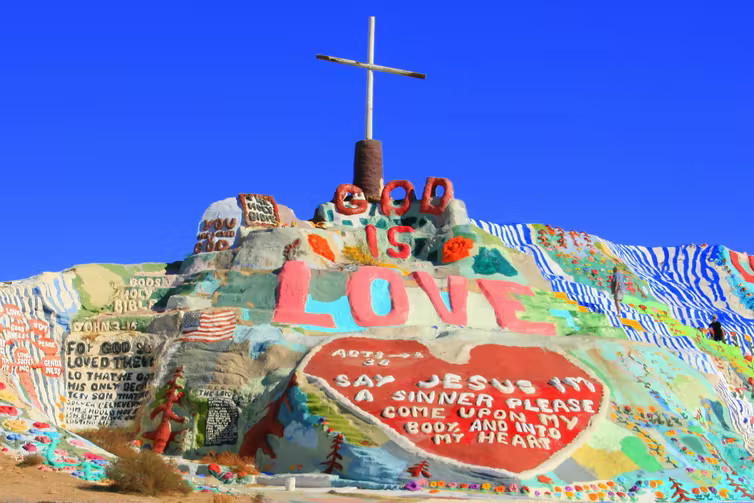
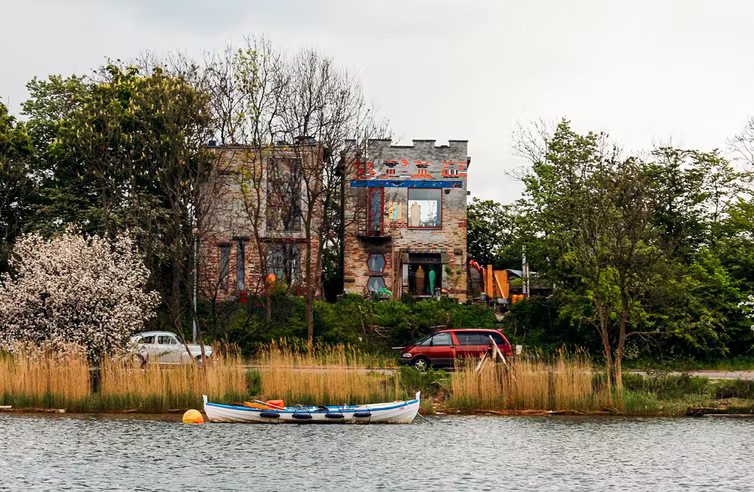
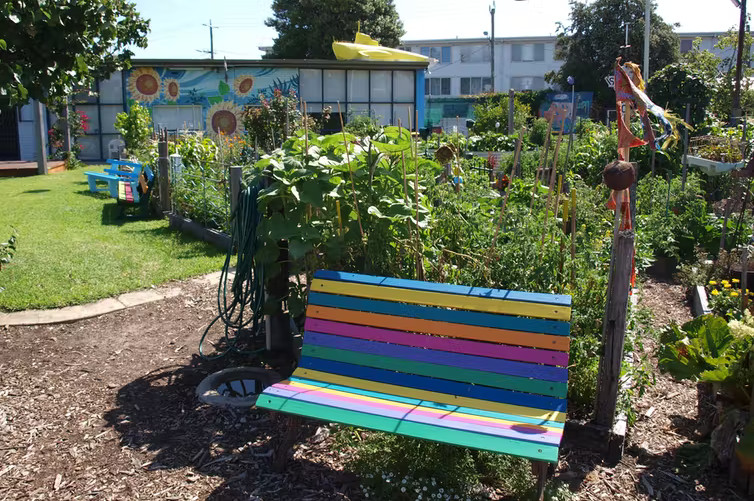
Original article: https://theconversation.com/how-anarchist-architecture-could-help-us-build-back-better-after-covid-170328
Burgess COMMENTARY
I don't find this article particularly helpful in facilitating good thinking about how to build back better after COVID. Certainly the examples that are described by Paul Dobraszczyk are quite interesting, but in my view, only at the margin.
Certainly there is a need for better thinking about urban planning, architectural design, building technology, the economics of afforable housing, and so on ... but this is not the answer. The article is however a useful starting point in that it suggests that the answers that people develop themselves without the involvement of government and its bureaucrats and technocrats can be better and more relevant to the real world in which people have to live.
I am bugged by the uncomfortable reality that in much of the modern world, the idea of 'affordable housing' is nothing more than fantasy, yet those who hld the levers of power keep talking about 'investing' in affordable housing. There is no such thing. Most people in the modern economy simply do not earn enough to be able to rent or buy a new house. People no longer 'sell their soul to the company store' as the saying goes about conditions of work in the 19th century but they do something similar with respect to housing, selling their soul to property developers and mortgage bankers!
People talk a lot about the 'value' of real estate when they really mean the 'price' of real estate ... and people do not have a particularly good understanding of the 'cost' of real estate. This has been great for real estate developers ... the builders ... and the real estate industry that buys and sells house, apartments, etc. because the economics of supply and demand results in 'price' going up and up and up.
This piece is quite fun ... but not about to make much of an impact on the world of real estate and housing.
Peter Burgess
Author: Paul Dobraszczyk Lecturer in Architecture, UCL
January 26, 2022 7.12am EST
Trees and houses
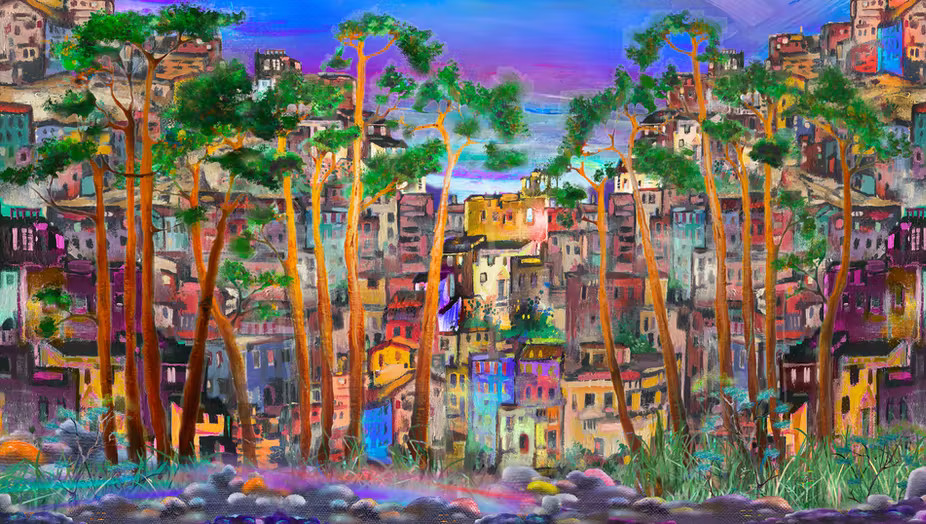
Spaces built collaboratively, close to nature. Shutterstock/kasyanovart
Architecture and anarchy may not seem like the most obvious pairing. But since anarchism emerged as a distinct kind of politics in the second half of the 19th-century, it has inspired countless alternative communities.
Christiania in Copenhagen, Slab City in the California desert, La ZAD in the French countryside, and Grow Heathrow in London all feature self-organised forms of building. On the one hand, this includes remodelling existing structures, usually abandoned buildings. On the other, it can mean building entirely new spaces to accommodate individual liberty and radical change in social organisation.
At its heart, anarchism is a politics of thought and action. And it reflects the original meaning of the ancient Greek word anarkhi meaning “the absence of government”. All forms of anarchism are founded on self-organisation or government from below. Often stemming from a place of radical scepticism of unaccountable authorities, anarchism favours bottom-up self-organisation over hierarchy. It is not about disorder, but rather a different order – based on the principles of autonomy, voluntary association, self-organisation, mutual aid and direct democracy.
For example, in Christiania, an intentional community and commune of about 850 to 1,000 residents, which was established in 1971, residents first squatted abandoned military buildings and converted them into communal homes. In time, others built their own houses in an extraordinary diversity of styles and materials that survive to this day. Even temporary anarchist projects, such as the 1980s protest camps at Greenham Common in Berkshire, and the more recent Extinction Rebellion occupations in London, require the construction of makeshift shelters and basic infrastructure.
New age art.

Salvation Mountain at Slab City, California. Shutterstock/Kevin Key
Seeds that can grow
In my new book, Architecture and Anarchism: Building Without Authority, I look at how anarchist building projects are often targeted by the authorities because they’re deemed illegal. And how as a result of this, there is a knock-on effect that casts people who self-build as somehow “exceptional” – driven by desires that are simply alien to the rest of us.
But that, I think, misses the point of anarchist politics that underlie such projects. And it also fails to recognise that these principles are grounded in values that are shared much more widely.
People standing in self-built space
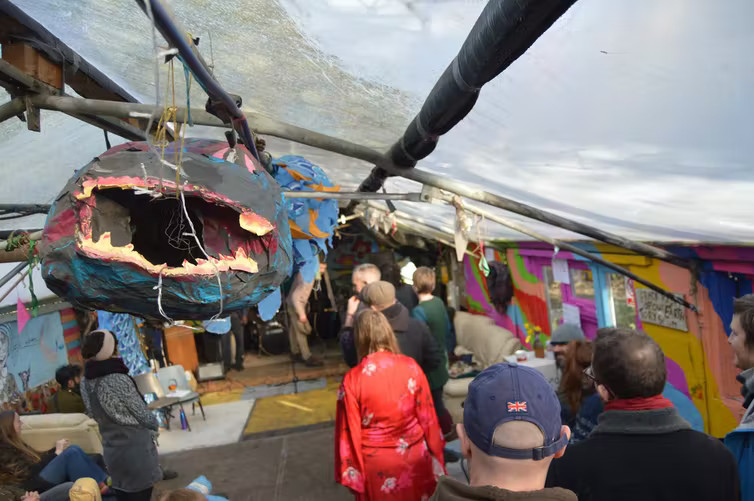
Community Space at Grow Heathrow. Facebook/transitionsheathrow
For example, the late British anarchist Colin Ward always argued the values behind anarchism in action were rooted in things we all do. He was particularly interested in how people seem to have an innate desire to share time and space without expecting any financial remuneration. As part of his work, he often embraced everyday subjects such as community allotments, children’s playgrounds, holiday camps, and housing cooperatives.
He had a strong and optimistic belief in anarchism as an always-present but often latent force in social life that simply needed nurturing to grow. Ward argued for a way of building that was focused on changing the role of citizens from recipients to participants “so that they too have an active part to play” in the building of towns and cities.
House and water.

Self-built house in Christiania, Copenhagen. Mykola Komarovskyy/Shutterstock
Some recent architectural practices - for example, Assemble in the UK, Recetas Urbanas in Spain, and Raumlaborberlin in Germany - have actually developed ways of working that are almost entirely focused on such a model of participation. Indeed, in September 2019, Raumlaborberlin built a “Utopia Station” in Milton Keynes, in the UK. This was a structure that combined steel scaffolding, metal staircases, striped awnings and salvaged windows to create a three-storey space.
Inside, visitors were asked to provide their own suggestions for future urban development, which were then made into models and exhibited. Such a playful - and joyful - approach to citizen participation stands in stark contrast to the often dour and depressing ways we’re generally asked to comment on buildings being planned.
Community spaces
Last year, the UK government published its post-COVID-19 recovery plan to “build back better”. With its emphasis on securing economic growth, the report completely fails to address the catastrophic environmental consequences of such an approach.
A different approach would involve radical reshaping of the values that hold up our politics. Here, anarchism has much to contribute. Its core values of mutual aid, self-organisation and voluntary association offer a much more holistic notion of what constitutes progress.
Community garden.

Community gathering and growing spaces. Shutterstock/Karin Bredenberg
On a personal level, I have found urban allotments to be places where the contours of such an everyday revolution can be felt. These are areas of land set aside by local authorities for residents to grow food in exchange for a nominal annual rent.
Although I’ve never met anyone on my own allotment who identifies as an anarchist, the “seeds” are nevertheless there to see. Allotments are, in essence, common spaces within cities. Sites deliberately kept off the market and filled with more-or-less provisional structures, such as readymade or self-built sheds or greenhouses.
Although you’re not allowed to build a dwelling on an allotment (at least in the UK), it’s not difficult to transfer the underlying principles to other sites in cities. As I look out of my bedroom window to the allotments just beyond my home, I often wonder why it’s not possible to set aside land for other kinds of communal activities? Even for housing?
It’s in places like allotments that the otherwise radical nature of alternative possibilities is seen. Therein lies the hope of building an emancipatory, inclusive, ecological and egalitarian future. This is building back better.
Architecture Interdisciplinary research Anarchism Interdisciplinarity Anarchy Interdisciplinary thinking
----------------------------------
Disclosure statement Paul Dobraszczyk received funding from the arts charity Antepavilion.
Partners University College London University College London provides funding as a founding partner of The Conversation UK.
More than 140,000 readers get one of The Conversation's informative newsletters
CC BY ND We believe in the free flow of information Republish our articles for free, online or in print, under a Creative Commons license.
We need your help
The Conversation is a nonprofit organization working for the public good through fact- and research-based journalism. Nearly half of our budget comes from the support of universities, and higher education budgets are under unprecedented strain. Your gift can help us keep doing our important work and reach more people. Thank you. Beth Daley Editor and General Manager